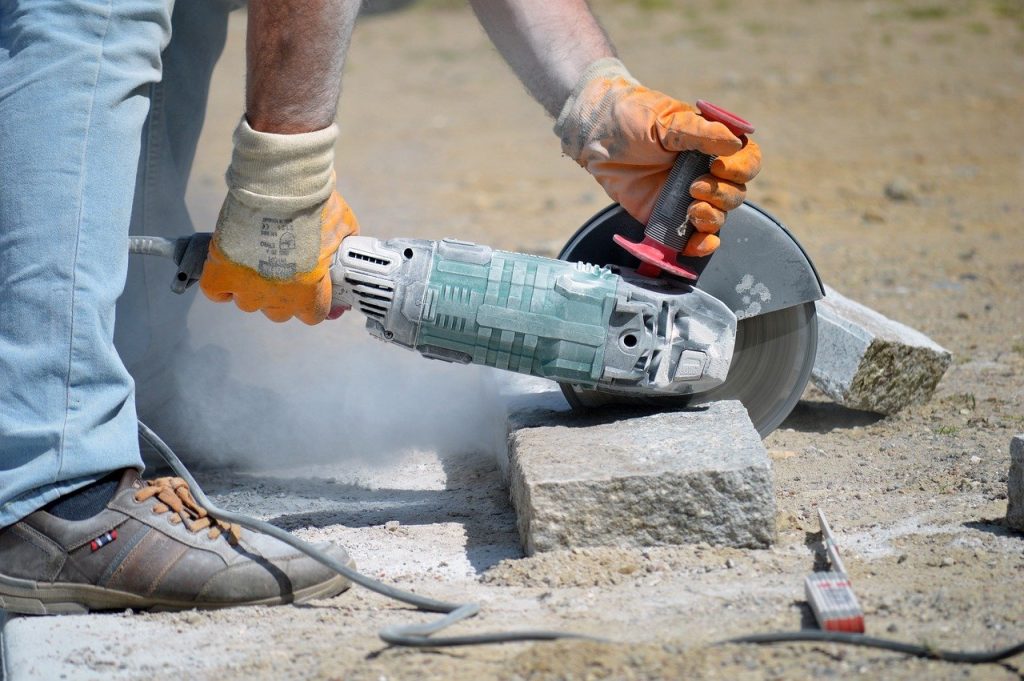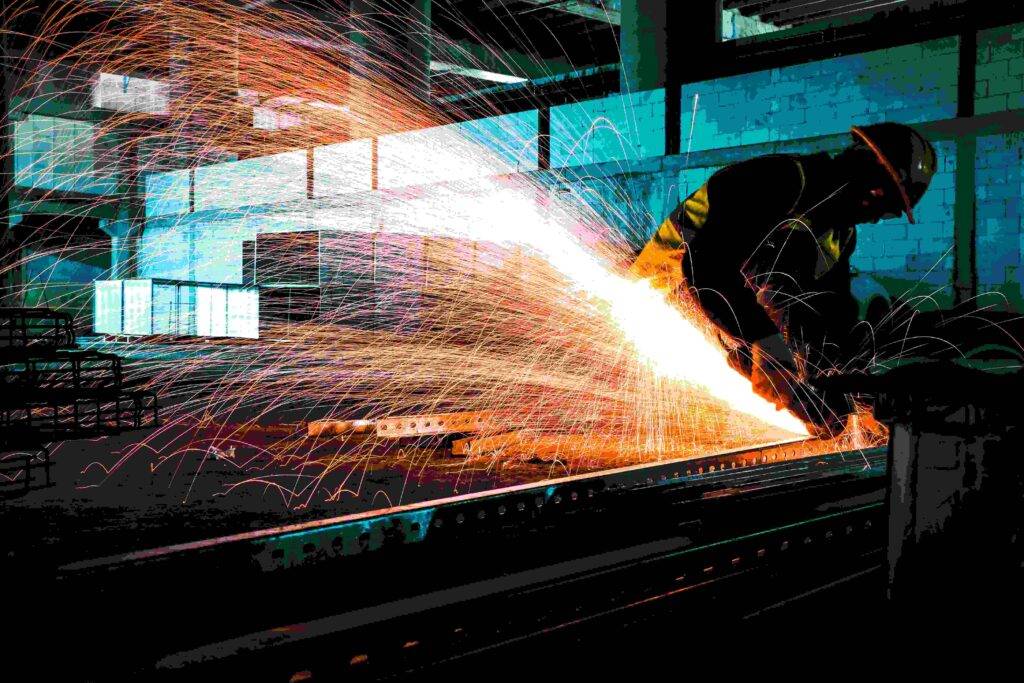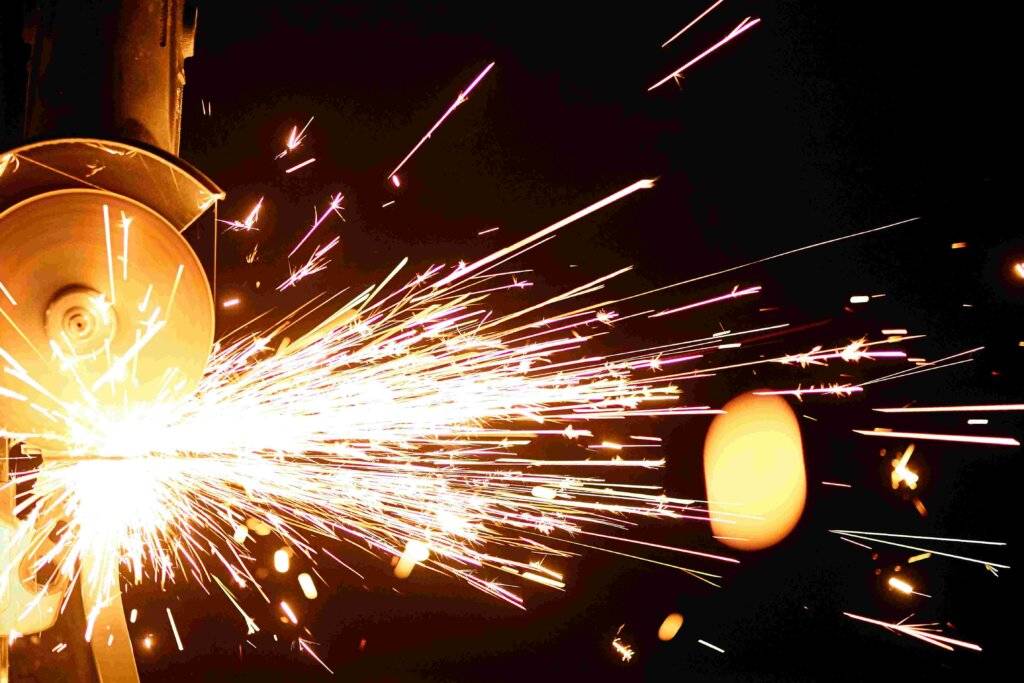The angle grinder, a powerhouse of cutting, grinding, and polishing, is a versatile tool for any metalwork enthusiast. But with great power comes great responsibility! Before you unleash the fury of this metal-munching machine, it’s crucial to understand proper operation and safety procedures.
Angle grinder instructions
An angle grinder is a versatile and powerful tool that is commonly used in construction, metalworking, and woodworking industries. It is essential to have a good understanding of how to properly use an angle grinder to ensure safety and efficiency in your projects. In this article, we will provide you with detailed instructions on how to use an angle grinder effectively and safely.
Before operating an angle grinder, it is crucial to familiarize yourself with its components and features. This includes understanding the different types of discs that can be used with the grinder, such as cutting, grinding, and wire brush discs. Additionally, you should ensure that the grinder is properly secured and that all safety guards are in place before starting any work.
Proper safety precautions must be taken when using an angle grinder. This includes wearing appropriate personal protective equipment, such as safety goggles, gloves, and hearing protection. It is also important to ensure that the work area is clear of any obstructions and that bystanders are kept at a safe distance.
By following these instructions and guidelines, you can effectively and safely use an angle grinder for a variety of projects.
Safety first: wear protective gear.
Proper safety precautions are essential when operating an angle grinder. Ensuring the use of protective gear is crucial to prevent any accidents or injuries. Safety gear such as safety glasses, gloves, ear protection, and a face shield should be worn at all times while using the angle grinder.
These pieces of protective equipment act as a barrier between the user and any potential hazards that may arise during operation.
Prioritizing safety by wearing the necessary gear not only safeguards the individual using the tool but also promotes a secure work environment for everyone involved. Remember, safety should never be compromised, and protective gear must always be worn to minimize risks and ensure a smooth operation.
Follow manufacturer’s instructions diligently.
Adhering to the manufacturer’s instructions diligently is paramount when using an angle grinder. These instructions are meticulously designed to ensure not only the longevity of the tool but more importantly, your safety. Failure to follow these instructions could result in accidents, injuries, or damage to the tool itself.
Manufacturers provide guidelines on proper usage, maintenance, and specific safety precautions that must be followed to minimize risks. By meticulously adhering to these instructions, you not only protect yourself and others but also optimize the performance and lifespan of the angle grinder. Remember, the manufacturer’s instructions are there to guide you and enhance your overall experience with the tool.
Safety First: Don’t Grind Yourself Down
Using an angle grinder can be exhilarating, but recklessness can lead to serious injury. Here’s what you absolutely need to do before you even think about flipping the switch:
• Gear Up: Protect your eyes with safety glasses, your ears with hearing protection, and your lungs with a dust mask. Gloves and sturdy footwear are also essential.
• Disc Discipline: Always use the correct disc for the job. Grinding metal requires a different disc than cutting concrete. Check the disc’s maximum RPM rating and ensure it matches your grinder’s speed.
• Inspect and Install: Before mounting the disc, ensure it’s free of cracks or damage. Follow the manufacturer’s instructions for proper installation and tightening.
• Cord Control: Keep the cord clear of the grinding area to prevent accidental entanglement. Avoid coiling the excess cord around your arm.
Getting Started: Power Up Your Skills
Once you’re geared up and ready to roll, here’s a basic rundown of operating an angle grinder:
• Get a Grip: Hold the grinder firmly with both hands, using the auxiliary handle for better control.
• Power On, Ease In: Turn on the grinder and let the disc reach full speed before making contact with the material.
• Let the Disc Do the Work: Apply light to moderate pressure and use a side-to-side grinding motion. Forcing the grinder will bog down the motor and reduce efficiency.
• Mind the Sparks: Angle grinders generate a lot of sparks. Keep the flammable materials away from your work area and direct the sparks in a safe direction.
• Know When to Rest: Grinding can generate significant heat. Allow the disc and grinder to cool periodically to prevent overheating and potential damage.
Beyond the Basics: Mastering the Grind
With practice, you can unlock the full potential of your angle grinder. Here are some additional tips for specific tasks:
• Cutting: Use a cutting disc for slicing through metal. Score a shallow line first for better control.
• Grinding: For grinding welds or smoothing surfaces, use a grinding disc with the appropriate grit size. A finer grit creates a smoother finish.
• Polishing: Attach a polishing disc and buffing compound to achieve a gleaming shine on metals.
Choose the right disc type.
Selecting the appropriate disc type is crucial when using an angle grinder to ensure optimal performance and safety. There are various discs available, each designed for specific tasks such as cutting, grinding, sanding, or polishing.
For instance, a cutting disc is ideal for slicing through materials like metal or concrete, while a grinding disc is more suitable for shaping and smoothing surfaces.
Using the wrong disc type can lead to inefficiency, damage to the material being worked on, or even accidents. Therefore, it is essential to carefully choose the correct disc type based on the task at hand to achieve desired results and maintain a safe work environment.
Conducting research on disc types and their intended uses can help in making informed decisions and maximizing the angle grinder’s efficiency.
Hold the grinder firmly always.
When operating an angle grinder, it is imperative to maintain a secure grip on the tool at all times. Holding the grinder firmly ensures better control and stability during use, reducing the risk of accidents or injuries.
Without proper grip, there is a higher likelihood of the grinder slipping or jerking unexpectedly, potentially causing harm to the user or damaging the workpiece.
By firmly holding the grinder, one can maneuver it more accurately and effectively, leading to precise and efficient results.
Additionally, a secure grip allows the operator to withstand the vibrations and forces exerted by the grinder, enhancing overall control and safety while working. Thus, always ensuring a firm hold on the angle grinder is essential for a successful and secure operation.
Let the tool do work.
To enhance the efficiency and quality of your work when using an angle grinder, it is crucial to allow the tool to do the work itself. This means avoiding the temptation to force the grinder through the material being worked on. Instead, guide the tool steadily and let its power and design do the cutting or grinding for you.
By applying excessive pressure or pushing the tool too hard, not only do you risk damaging the material, but you also increase the chances of causing the grinder to kick back or lose control.
Trusting the capabilities of the angle grinder and allowing it to cut at its own pace will result in smoother and more accurate outcomes. Remember, a skilled operator knows when to intervene and when to let the tool do the heavy lifting for optimal performance.
Conclusion
In conclusion, mastering the proper handling and usage of an angle grinder is fundamental for ensuring a safe and efficient working environment. By following the instructions meticulously, including wearing appropriate safety gear, understanding the tool’s components, and adhering to correct operating procedures, individuals can harness the full potential of this versatile power tool while significantly reducing the risk of accidents and injuries.
Remember, a thorough comprehension of the angle grinder’s capabilities and limitations is essential for achieving optimal results and ensuring a successful project outcome.



